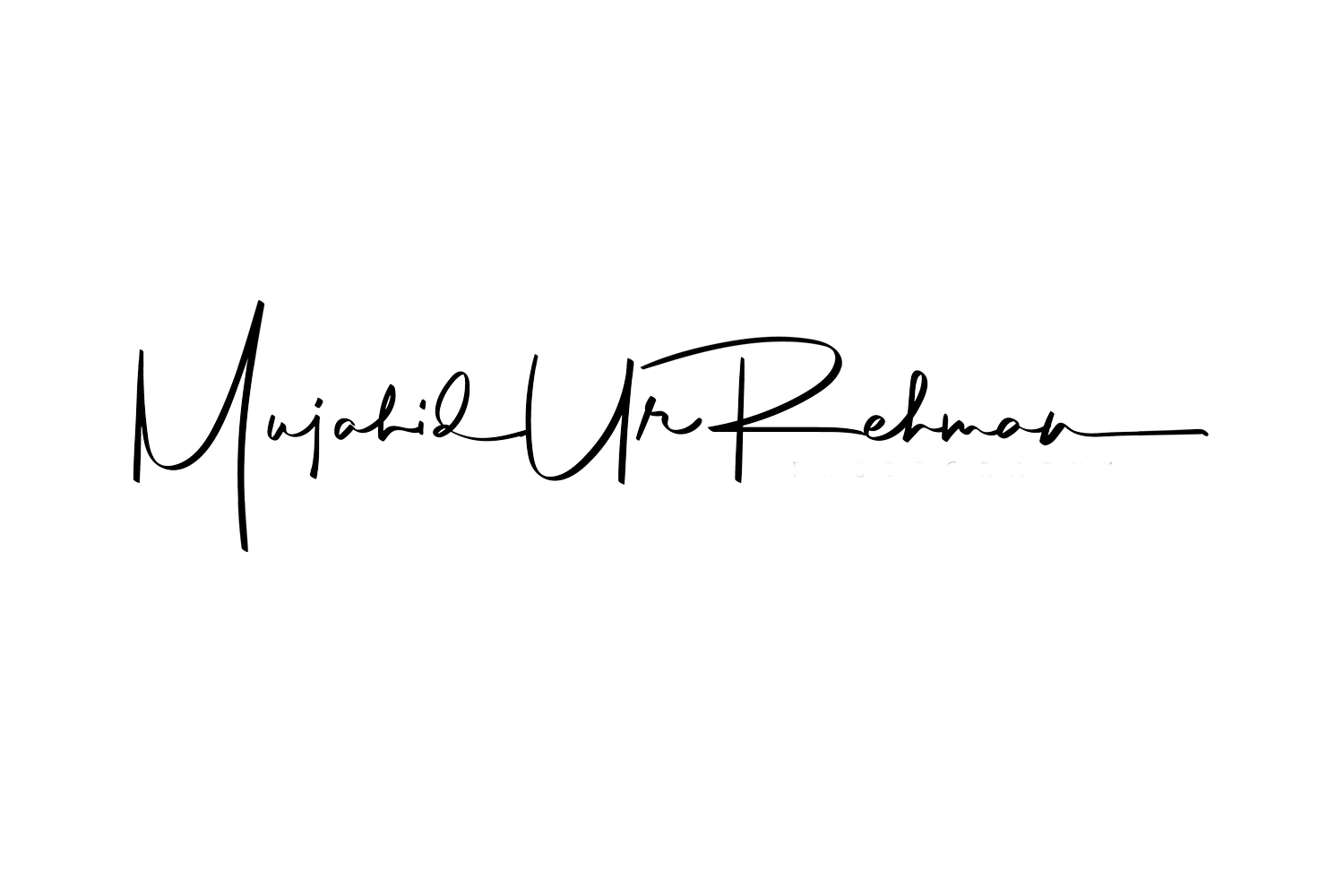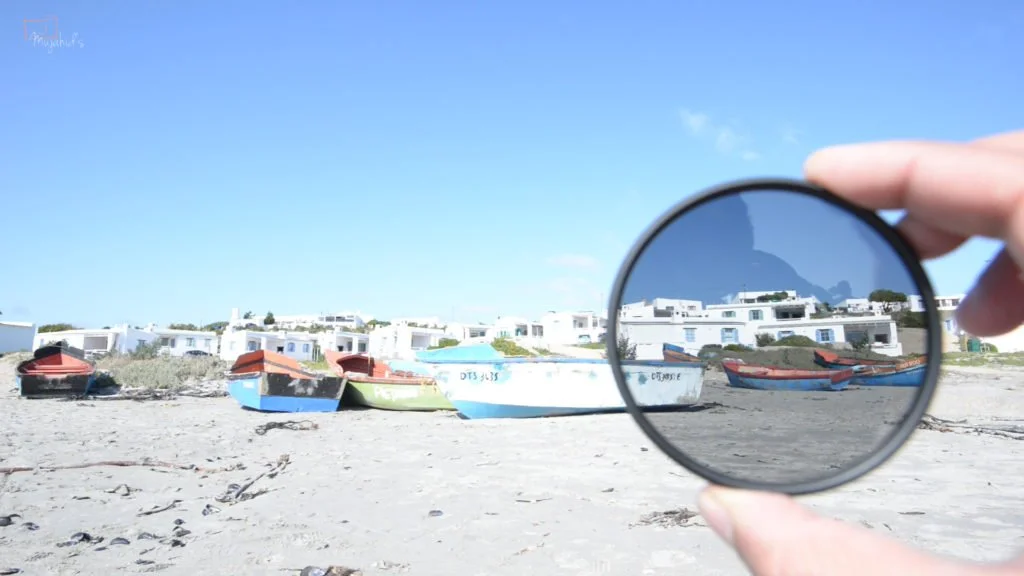Polarizer Filter for Landscape Photography
Polariser Filter
A polarized filter helps darkening the sky, and cutting down the harshness of the light from reflecting surfaces like water or rocks. Because unwanted light is reduced when a polarizer is used, the saturation of the objects increases, and the true colours prevail. After a circular polarizer is mounted on the camera lens, it can be rotated in, diffusing the light from varying angles until you obtain the desired effect, as it filters light at certain angles but not others. This effect can be controlled by changing the camera's line of sight relative to the sun.
Polarizer Filter for Landscape Photography
Rule of Thumb
When shooting, aim your pointer finger at the sun while your thumb is pointing upwards. Rotate your hand while the finger is still pointing at the sun, the area your thumb can point to is the direction where the filter will be the most effective.
Polariser Filter - Rule of Thumb
Look at the image of a lonely tree below, the sun was on my right hand side, if you apply the rule of thumb, the sky is darker in the center of the image and not towards the left or the right edge. This also shows that polarizers don’t give equal effect. That is why these filters are useful when pointed away from the sun and not at it during the day light. Despite this, it is very useful to use a polarizer for harsh conditions, as you will not be able to achieve these effects in post processing. See my videos below as a for a practical proof.
It is important to keep in mind that, unlike a UV filter, the polarizer filter blocks light by two to three f-stops. Therefore, taking a well exposed image with a polarizer rather than a UV filter a relatively slower shutter speed. Keep your tripod handy, and don’t be frustrated if composing an image takes time while you rotate the filter to achieve the best desired effect, and allow yourself the chance to experiment. If light conditions require it, it is better to use a polarizer filter on site rather than trying to achieve similar results in post processing.
Using a polariser, I reduced the shutter speed and cut-off reflections
Although polarizers are expensive, to have one in your camera kit is a must, even if you are a beginner. The polarizers get misty quite quickly in cold conditions, so you should buy a good quality micro-fibre cloth to keep it clean during your shoots. I have been disappointed at home a few times to find misty spots on portions of my images.
Muji





